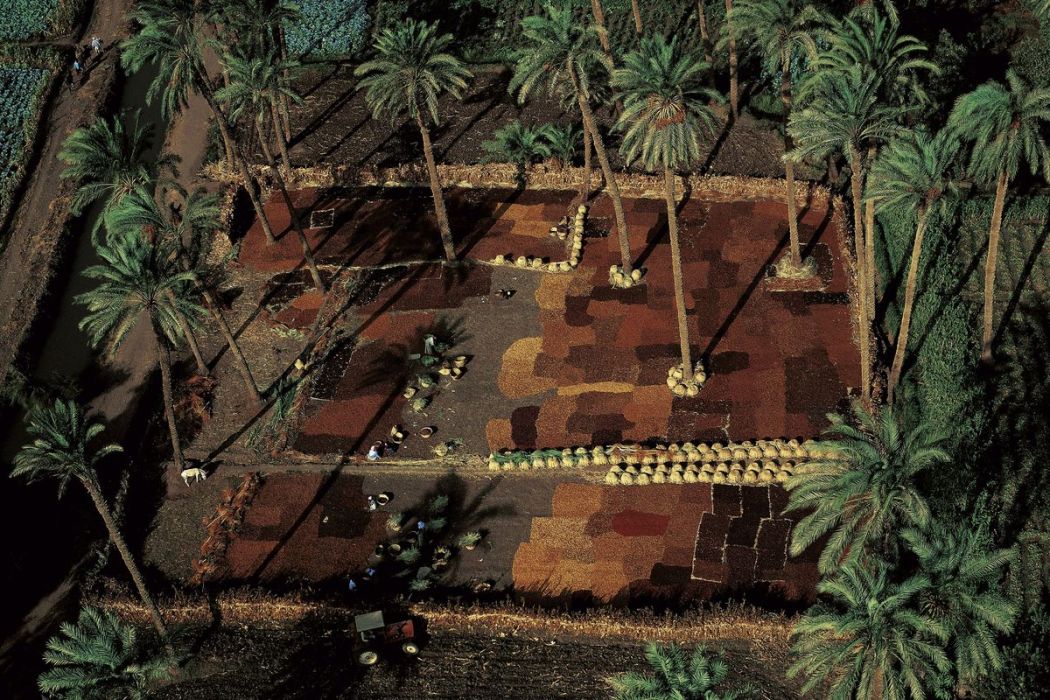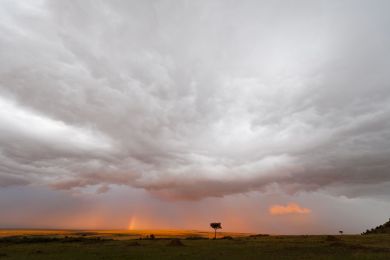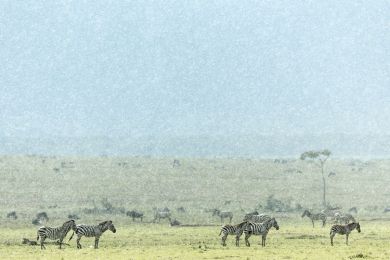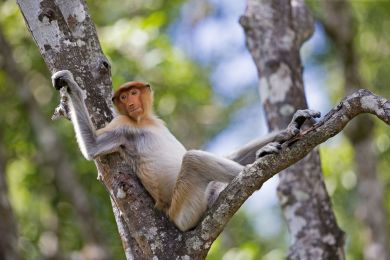By buying this product you can collect up to 178 loyalty points. Your cart will total 178 points that can be converted into a voucher of 35,60 €.
 View larger
View larger
Picture information
Drying dates, Egypt
Yann ARTHUS-BERTRAND
Art Photography by Yann ARTHUS-BERTRAND, drying dates in a palm grove south of Cairo, Nile valley, Egypt. Date palms only grow in dry and warm environments with some water, like oases. Around 7 million short tons of dates are produced in the world every year.
Data sheet
| Orientation | Landscape |
| Color | Red |
Drying dates, Egypt
Yann ARTHUS-BERTRAND
Art Photography by Yann ARTHUS-BERTRAND, drying dates in a palm grove south of Cairo, Nile valley, Egypt. Date palms only grow in dry and warm environments with some water, like oases. Around 7 million short tons of dates are produced in the world every year.
Fine Art Photography
Print by Experts
100 % Made In France
A recognized expertise, a search of permanent quality.
Printed by a professional photographic laboratory.
All prints are made to order, controlled by the Technical Director.
A certificate of authenticity is provided with each photograph.
Framework made by selected materials to give you the best results. every step of the processing is monitoring by experts.
Loyalty points
Gift Card
Don't miss the opportunity to do the best present...
The whole Yann Arthus-Bertrand photos available with Hemisgalerie gift card.
Lets your guest choose the best image.
Amount from 50 €, create and download directly on our website, valid for one year including promotions.
The original gift for all events
More info
Date palms only grow in dry and warm environments with some water, like oases. Around 7 million short tons of dates are produced in the world every year. Most of the Middle East’s and North Africa’s harvest are meant for the domestic market of each country. Only 5 percent of the production is exported. Egypt, the world’s largest producer of dates harvests over 1,3 million short tons of dates a year. Local consumption is around 15 kilograms per person per year and they are usually preserved traditionally. The yellow or red dates (depending on the variety) are picked and then sorted. They gradually go brown as they dry in the sun, protected from wind and water by low walls made of adobe and branches. They are then put in braided palm-leaf baskets. Even if most of the dates are consumed directly, this fruit is also used to make several by-products (syrup, flour, paste, vinegar, sugar, alcohol, pastries…) traditionally or industrially. Dates are also used to feed dromedaries, horses and donkeys.













































































